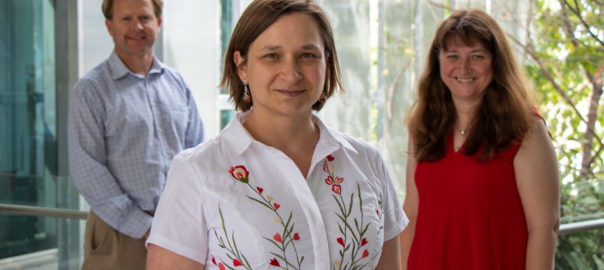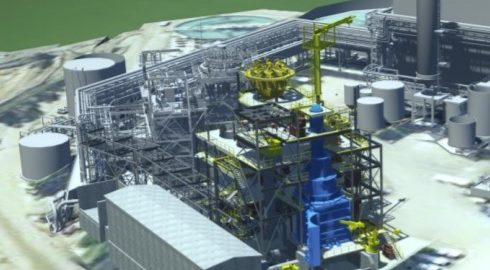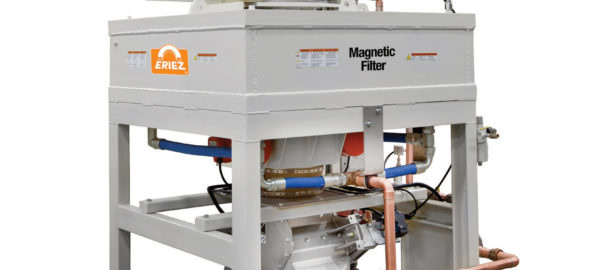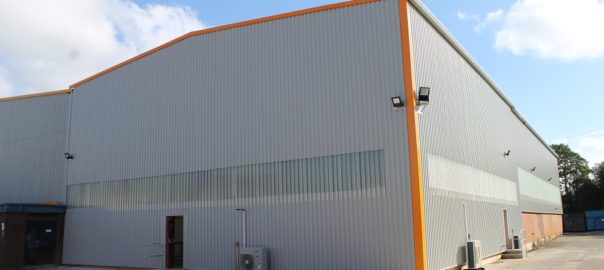Researchers from The University of Queensland’s Sustainable Minerals Institute (SMI) have signed an agreement with industry partners to form a consortium to develop improved energy efficiency for mineral processing operations.
The Collaborative Consortium for Coarse Particle Processing Research will run initially for five years and tackle multidisciplinary aspects of coarse particle processing such as flotation, comminution, classification, and equipment design and process chemistry, SMI says.
It will also contribute towards global challenges such as the reduction of greenhouse gas emissions and mitigation of human-made climate change.
The processing of coarse particles is considered one of the key research areas for developing improved energy efficiency of mineral processing operations, according to SMI.
The consortium includes researchers from SMI’s Julius Kruttschnitt Minerals Research Centre (JKMRC) and representatives from Anglo American, Aeris Resources, Eriez Flotation Division, Glencore, Hudbay Minerals, Newcrest Mining and Newmont.
The program Chair is SMI Director, Professor Neville Plint (far left). JKMRC’s Associate Professor, Kym Runge (right), and Dr Liza Forbes (middle) are the Technical Directors.
Professor Plint said SMI and JKMRC have a long history of successful industry engagement.
“This consortium brings together depth and breadth of expertise and significant technical skill, and it shows the willingness of industry to work closely with university researchers to tackle complex problems and have an impact,” he said.
“The team in JKMRC have worked hard and consulted with all our industry partners to create this important forum.”
Newmont’s Director of Processing, Dr Ronel Kappes, said the company had identified coarse particle recovery (CPR) as a key enabling technology to focus on, in order to improve future processing efficiencies.
“The UQ CPR Consortium project is an important step in technology development in order to leverage future CPR applications,” Dr Kappes said.
Eriez Flotation Division’s, Dr Eric Wasmund, said the company was pleased to be a founding sponsor of the consortium.
“This consortium fits EFD’s vision to enable sustainable technology solutions through strong customer partnerships,” he said. “As demonstrated by our leading-edge HydroFloat® technology, coarse particle flotation is a key disruptive technology for improving mineral recoveries, reducing power and water consumption and producing safer tailings.”
The CPR Consortium held its first technical workshop at the end of September.











